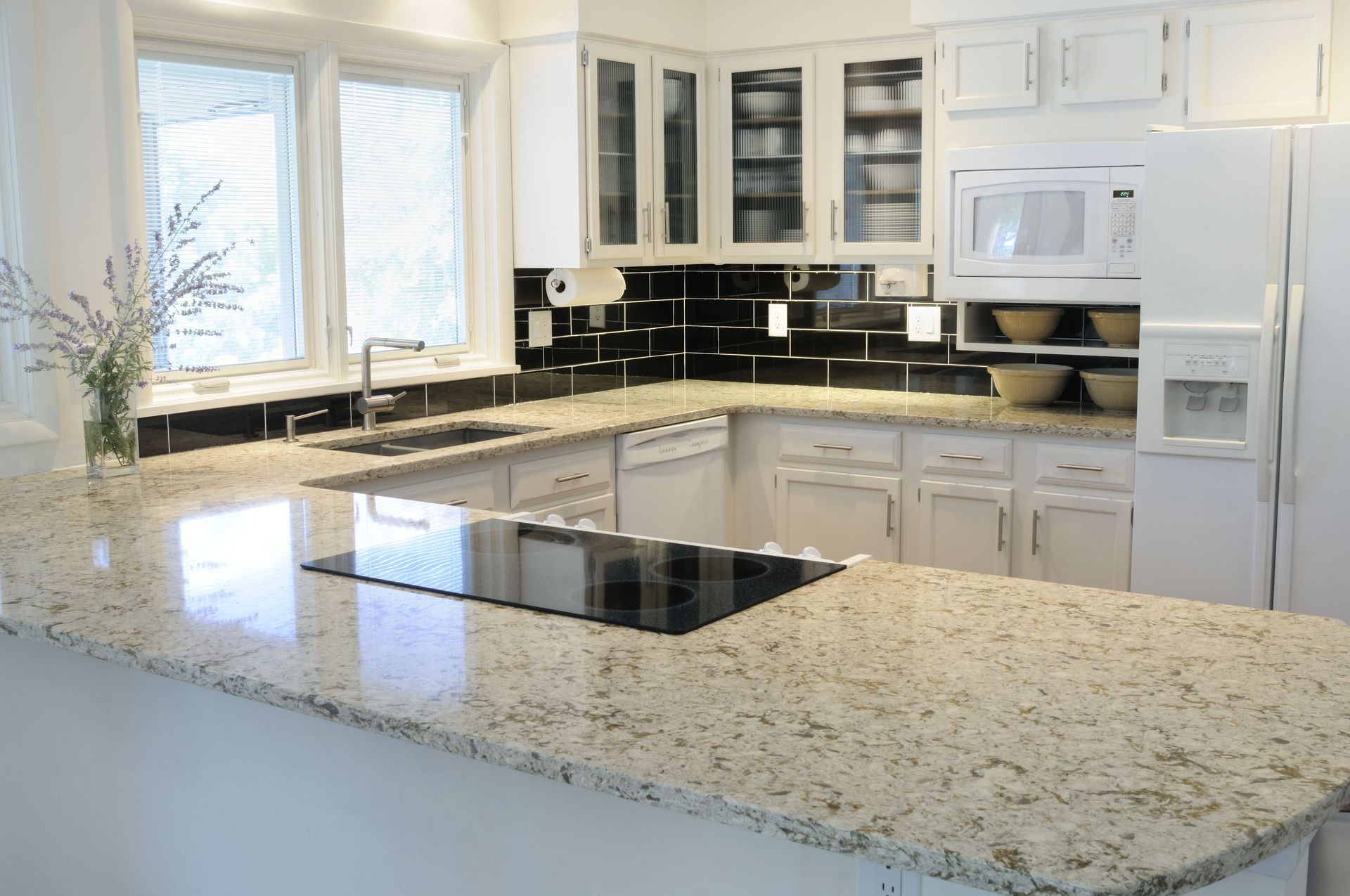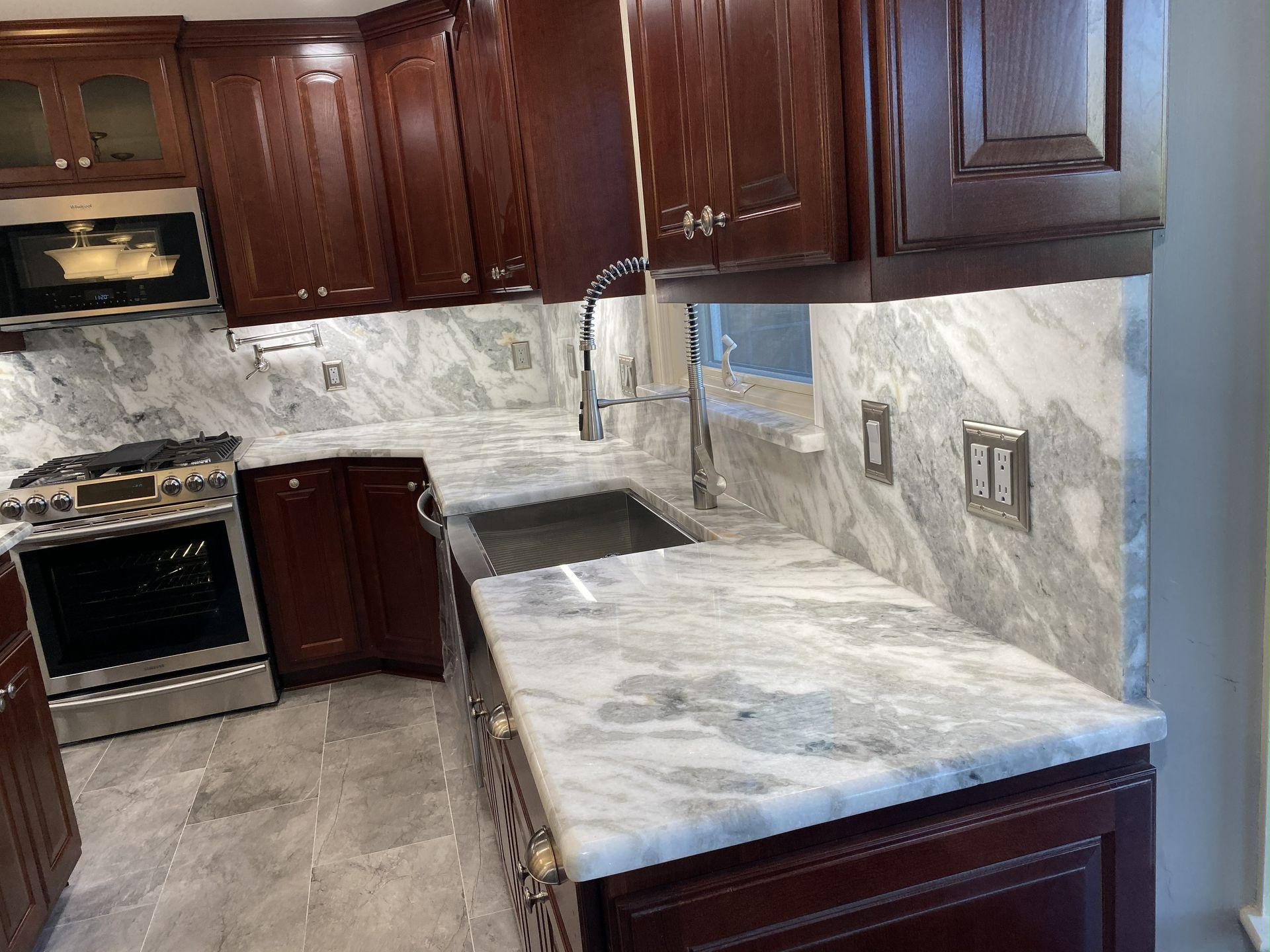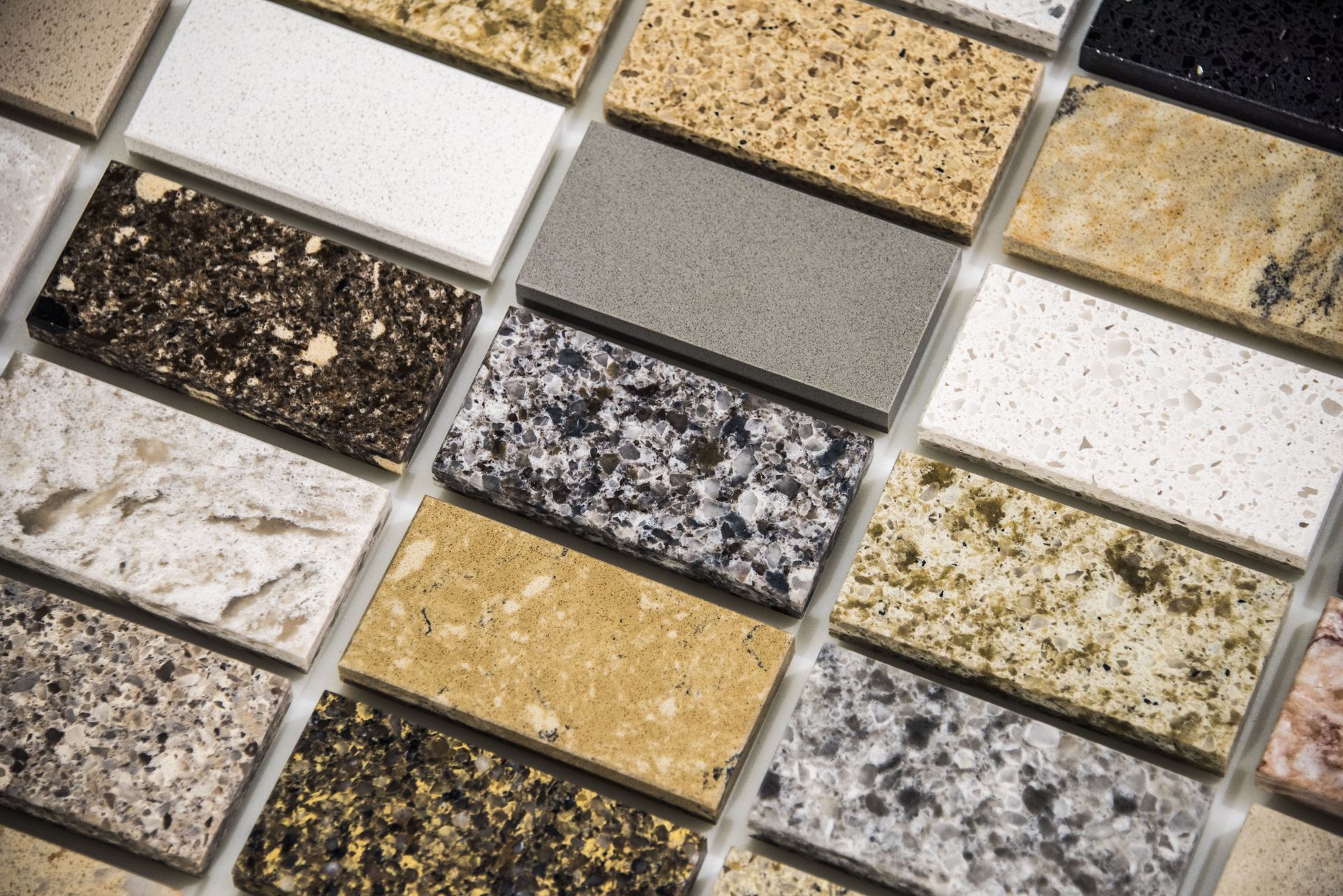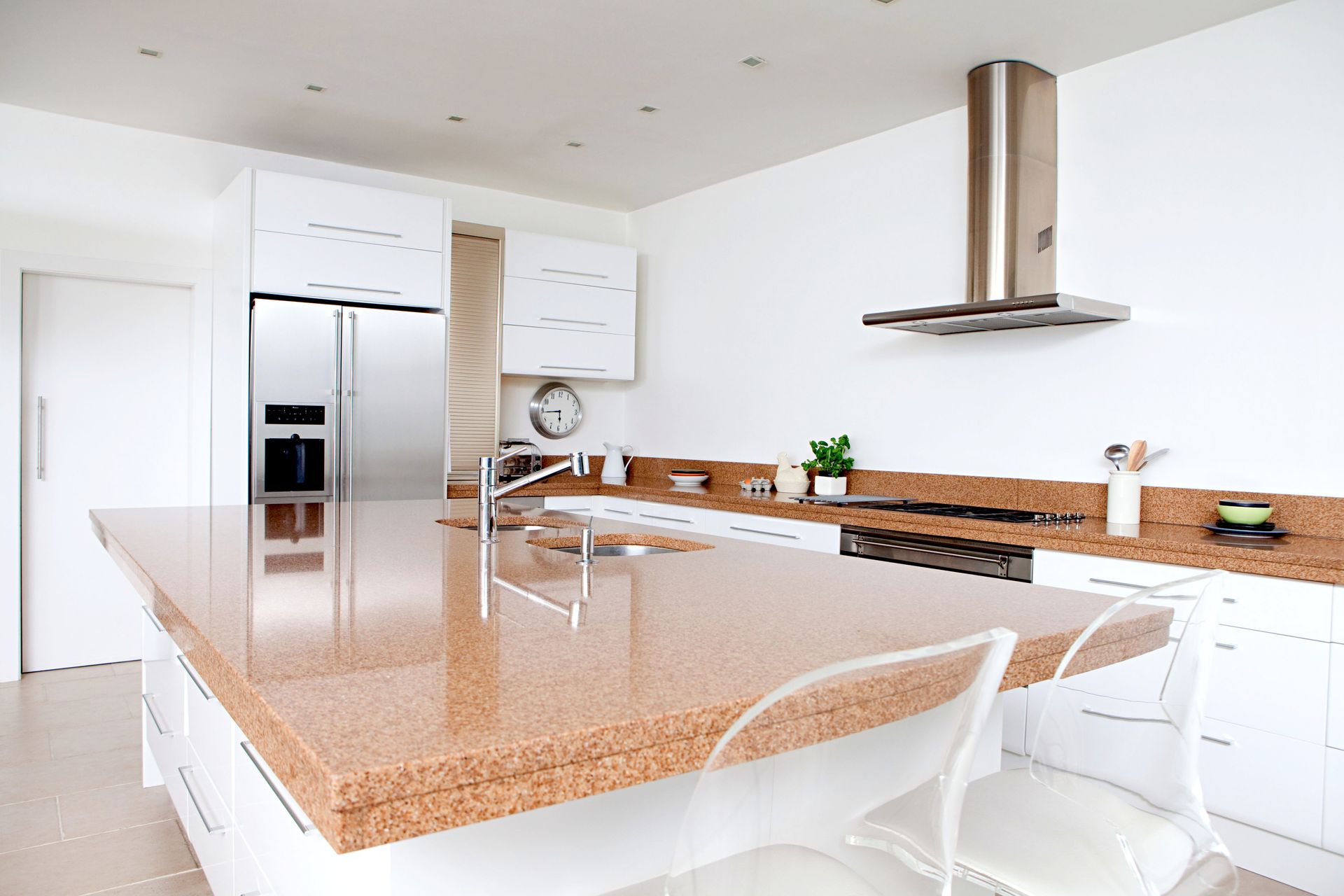What Homeowners Wish They Knew Before Buying New Countertops
Countertops are an essential feature of the kitchen, impacting both functionality and aesthetics. As such, choosing the right countertop material is crucial for homeowners looking to renovate or build a new kitchen. With a wide variety of materials to choose from, it can be challenging to determine which one is right for your needs. Countertop services can provide professional insight, material samples, and installation guidance to streamline the process and eliminate guesswork.
The selection process involves examining materials, understanding their characteristics, and evaluating their benefits and drawbacks. Consulting reliable countertop services early in your project ensures you have a clear path forward, aligning your investment with both design goals and practical needs.
Exploring Natural Stone Options
Granite countertops are renowned for their elegance, durability, and natural beauty. With a wide variety of patterns and colors, granite provides a versatile option that can complement nearly any kitchen design. Each slab is unique, offering homeowners the opportunity to bring a one-of-a-kind look to their kitchen. Quartz, while engineered, combines natural quartz crystals with resin to create a surface that is equally durable and more uniform in color and pattern. Together, granite and quartz dominate the market due to their strength, style, and long-term appeal.
One of the main considerations when selecting granite or quartz is maintenance. Granite typically requires periodic sealing to prevent stains and maintain its polished finish. Quartz, on the other hand, is non-porous and does not require sealing, making it a low-maintenance option for busy households. Both materials are durable, though quartz has the edge in resisting stains, while granite offers unmatched natural beauty. Countertop services specializing in granite and quartz can help homeowners compare samples side by side, ensuring they select a material that fits both lifestyle and budget. Both options are proven to add value to homes and remain popular with buyers in real estate markets nationwide.
Considering Durability Factors
Durability is a fundamental aspect to consider when choosing a countertop, as kitchens often face heavy usage. Both granite and quartz are renowned for their durability, resisting scratches and chips even under frequent kitchen activity. These stones can endure heat, though using trivets is recommended to preserve the surface integrity of even the toughest materials. Their ability to withstand heavy cooking, cutting, and cleaning makes them excellent long-term investments for active families.
Conversely, laminated surfaces provide decent durability considering their affordable price point, but are more vulnerable to scratches and heat damage. Homeowners with busy kitchens involving extensive cooking may need to consider quartz or granite, which provide a balance between cost, resilience, and aesthetics. Solid surfaces offer another option, though they do not match the toughness of stone. Many countertop services now recommend granite or quartz as the go-to choice for homeowners who want durability and minimal worry about damage. With proper care, both materials can last for decades, ensuring kitchens remain both functional and attractive.
Evaluating Functionality Needs
Usage patterns play a vital role in selecting the right countertop material. Households with avid chefs or large families may place greater demands on their countertops, requiring materials that can withstand heavy use. This might involve frequent exposure to sharp objects, heat, and spills, necessitating a robust surface like granite or quartz. Smaller or less active households might find laminate or solid surfaces adequate for their lighter needs.
For avid cooks, the need for a heat-resistant and scratch-resistant surface could be paramount. Granite and quartz both provide the durability and low-maintenance features required for a high-traffic kitchen. Partnering with countertop services can simplify this process, as professionals can analyze your usage patterns and recommend the best fit. Ultimately, tailoring the choice of countertops to match the household's needs ensures satisfaction and long-term functionality.
Assessing Stain and Scratch Resistance
Stain resistance is a critical quality for kitchen countertops, especially in households with frequent cooking and food preparation. Quartz is naturally non-porous, offering exceptional stain resistance and making it one of the most practical options for busy kitchens. Granite is more porous but can perform equally well if properly sealed and maintained. Both materials also resist bacterial growth, an important factor for maintaining hygiene in food preparation areas.
Synthetic options such as laminate offer some resistance to stains, though not quite as high as quartz. Countertop services often demonstrate stain and scratch resistance side by side, helping homeowners visualize how these surfaces perform under pressure. Making an informed choice in this area enhances user satisfaction and prolongs the countertop's lifespan.
Weighing Heat Resistance Considerations
Heat resistance is another key attribute to prioritize, particularly for those who do extensive cooking. Granite is naturally heat-resistant and can withstand hot pots and pans placed directly on the surface. Quartz, while heat-tolerant to a degree, is more vulnerable to extreme temperatures due to the resin used in its composition, making it less ideal for direct contact with very hot items. For this reason, quartz users are advised to use trivets or hot pads.
Laminate and solid surfaces tend to have lower heat resistance, requiring careful handling to avoid scorch marks. For homeowners who frequently use their ovens and stovetops, granite may provide a more reliable solution in selecting the right countertop material. Countertop services frequently include demonstrations of heat resistance, giving homeowners a practical perspective. By understanding how temperature affects granite, quartz, and alternative materials, property owners can make informed choices resulting in longer-lasting and more attractive kitchen surfaces.
Reviewing Maintenance Requirements
Maintenance is a significant consideration when choosing countertop materials. Granite requires periodic sealing to protect against stains and maintain its polished appearance. While this maintenance is straightforward, it is essential for preserving granite’s durability and beauty over time. Quartz offers a distinct advantage by being virtually maintenance-free.
Countertop services can advise on realistic maintenance schedules, ensuring homeowners know what level of care to expect. Evaluating a material's upkeep requirements before purchase can greatly impact user satisfaction. Choosing a countertop material that matches your tolerance for maintenance helps balance convenience with aesthetics, making it easier to enjoy your kitchen without unnecessary effort.
Prioritizing Aesthetic Preferences
The visual appeal of your countertops is an important factor, impacting not just personal satisfaction but also potentially the future sale of your home. According to HomeAdvisor, up to 98.5% of the cost of replacing kitchen countertops is recouped in home value, making it a strong return on investment. Granite offers unmatched natural beauty, with unique veining, colors, and textures in every slab. Quartz, while engineered, provides consistency in color and pattern, offering modern homeowners more control over their design palette. Both materials cater to different tastes, making them versatile options for contemporary or traditional kitchens.
Whether aiming to achieve modern sleekness or a timeless traditional look, various materials allow creative expression in aligning with personal style and home design needs. Ultimately, combining aesthetics with durability and maintenance considerations ensures countertops that will delight in both form and function.
Selecting the right countertops is a balance of beauty, durability, functionality, and cost, all tailored to the unique demands of your household. By carefully evaluating factors such as stain and scratch resistance, heat tolerance, maintenance requirements, and aesthetic preferences, homeowners can make confident decisions that enhance both daily life and long-term value. With the added support of professional countertop services, the process becomes clearer and more manageable, offering expert guidance and practical solutions. For all of your countertop needs, contact MGL Granite Inc today!






Share On: